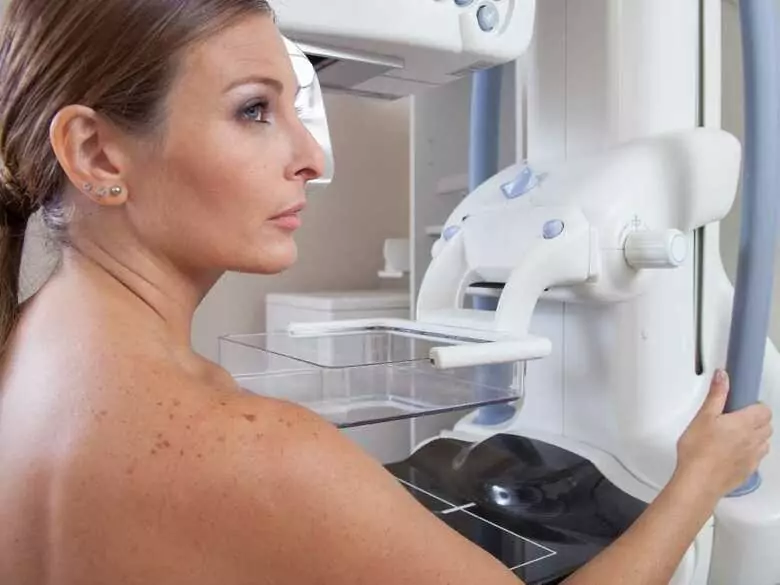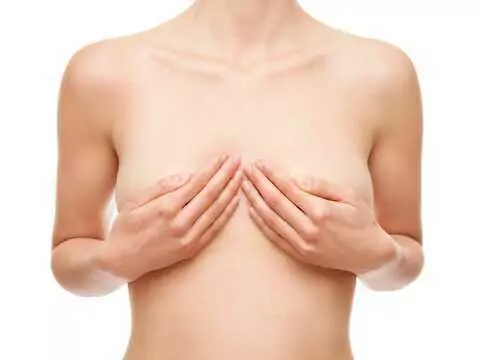Breast cancer is the most common malignant tumour in women and the second cause of death in women from malignant tumours. Approximately 15,000 new cases are reported each year. Treatment is mainly based on surgical methods and radiotherapy, and in recent years we have new therapies with very promising results. One such method is immunotherapy, the main aim of which in breast cancer is the use of monoclonal antibodies.
Breast cancer is the most common malignant tumour in women in Poland. Statistics kept by the National Cancer Registry (KRN) show a steady increase in the incidence of this cancer. In recent years, the number of new cases has exceeded 16,000. In the case of men, breast cancer is very rarely recorded (approximately 100 cases per year). Breast cancer is the second cause of death, (after lung cancer) from malignant tumours in women. Many different factors are involved in the development of this cancer. The most significant factors include age, mutations in the BRCA gene, family predisposition, early first menstruation, late age at first birth and late menopause. Chronic exposure to estrogen-containing agents (e.g. hormone replacement therapy) also has a major impact.
The aim of introducing breast cancer prevention was to change the upward trend in the incidence of breast cancer and to detect lesions early, which have a much higher chance of being cured. Mammography, as a screening examination in women over 50, is the best method for early detection of cancerous changes. Using X-rays, it is possible to detect lesions that are not palpable and do not produce any clinical symptoms. It should be borne in mind that treatment of lesions at an insufficiently advanced stage means less invasive therapies and a greater chance of surviving another five years after diagnosis. For young women, mammography is a less effective examination. This is related to the different structure of the breast-building tissue and the ability to image changes. For women before the age of 50, Medical US of the breast is the recommended examination. Most lesions detected by screening are benign, but some may increase the risk of developing breast cancer. The most common lesion diagnosed in the breast is fibroadenomas, which most often form as a result of hormonal disturbances. In the case of a family history of breast cancer, genetic counselling is important. The most common clinicopathological features associated with an increased risk of carrying mutations in the BRCA1 and BRCA2 ganes include: a family history of breast cancer before the age of 40, multiple breast and ovarian cancers in the family, bilateral breast cancer, male breast cancer, confirmed BRCA mutation in the family.
A simplified classification of breast cancer divides lesions into pre-invasive carcinomas (DCIS and LCIS) and invasive (infiltrating) carcinomas. Mammography plays a key role in diagnosing the former. Depending on the stage, histological type, therapeutic options include surgery (sparing surgery, radical mastectomy), complementary treatment with radiotherapy, systemic treatment and immunotherapy.

photo: panthermedia
Immunotherapy for breast cancer
Immunotherapy in oncology is used successfully in many cancers. Immunotherapy is usually used as an adjunct to conventional cancer treatments (surgery, chemotherapy and radiotherapy), only for some cancers can it be a first-line treatment. In immunotherapy of breast cancer, monoclonal antibodies play a key role, whose action can be described in simple terms as the neutralisation of a harmful agent. Monoclonal antibodies are molecules that can be combined with drugs, toxins or isotopes and then their task is to find the relevant antigen and, depending on the purpose of the antibody, destroy the antigen or label it. In immunotherapy of breast cancer, antibodies against the HER-2 receptor are a large group. The HER-2 receptor protein is present on the surface of breast cancer cells in approximately 20 per cent. The presence of these receptors is a prognostically unfavourable factor, but at the same time makes appropriate therapy with monoclonal antibodies possible.









